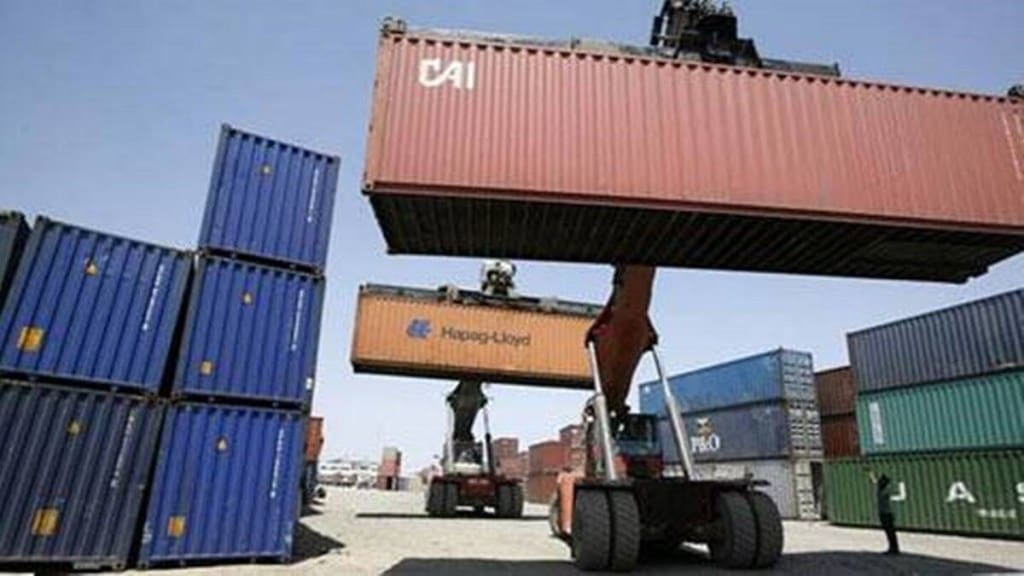Bids for the development of core infrastructure like offshore land reclamation under public-private partnership (PPP) are likely to be called before September for the all-weather greenfield deep major port at Maharashtra’s Vadhavan, a key piece of the India Middle East Europe Economic Corridor (IMEEC), sources said.
The total project cost, including the land acquisition component, is Rs 76,220 crore.
The port will comprise nine container terminals, each 1000 meters long, four multipurpose berths, including the coastal berth, four liquid cargo berths, a Ro-Ro berth, and a Coast Guard berth. The project involves the reclamation of 1,448 hectares of area in the sea and the construction of 10.14 km of offshore breakwater and container/cargo storage areas. When completed by 2034, the project will create a cumulative capacity of 298 million metric tons (MMT) per annum, including around 23.2 million TEUs (Twenty-foot equivalents) of container handling capacity. The port alone would have more than the current container handling capacity in the country and would rank among the world’s top 10 largest ports.
“The bidding for core infrastructure including offshore land reclamation should go in less than six months,” an official said.
The capacities created will aid trade flow through IMEEC and INSTC (International North South Transportation Corridor). IMEEC will connect Indian ports such as the Jawaharlal Nehru Port Authority, Mundra (Gujarat), and Kandla (Gujarat), with West Asian ones such as Fujairah, Jebel Ali, and Abu Dhabi in the UAE, and Saudi Arabian ports of Dammam, Ras Al Khair, and Ghuwaifat.
This will include the development of core infrastructure, terminals and other commercial infrastructure in PPP mode. Vadhavan Port Project Limited (VPPL), an SPV formed by Jawaharlal Nehru Port Authority (JNPA) and Maharashtra Maritime Board (MMB) with a shareholding of 74% and 26%, respectively. It got the Cabinet nod in June 2024.
The project, aligned with the objectives of PM Gati Shakti program, will add to further economic activity and also have the potential for direct and indirect employment opportunities for around 1.2 million individuals, thereby contributing to the local economy.
Port capacity as well as traffic handled in major and non-major ports doubled, largely with private investment. This has also reduced logistical costs due to a sharp fall in waiting time at ports. Cargo handling capacity at major ports doubled over the past decade reaching 1,630 MTPA by March 2024, as compared to 800.5 MTPA in 2014.

